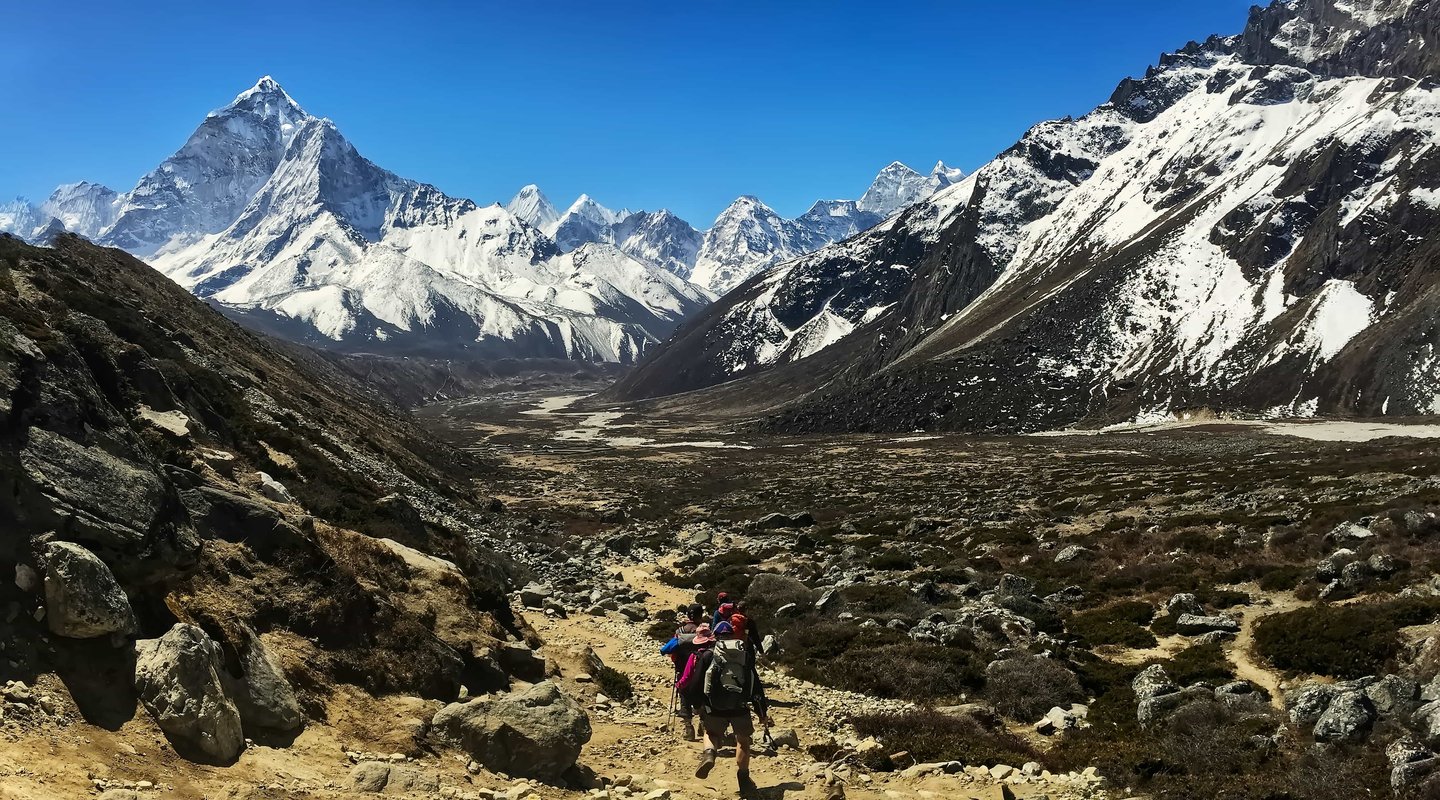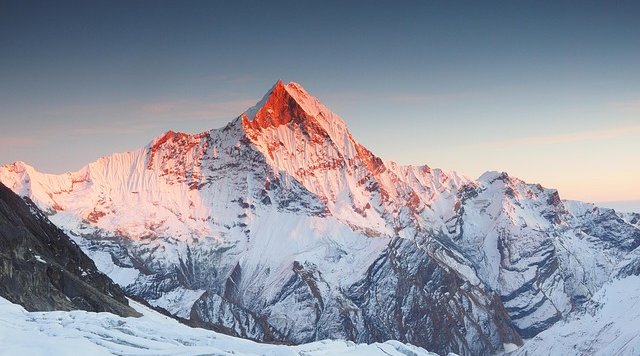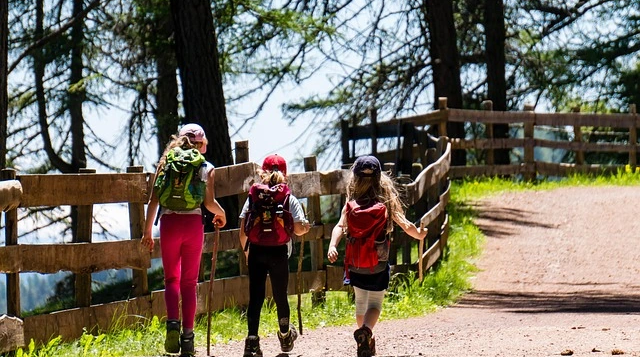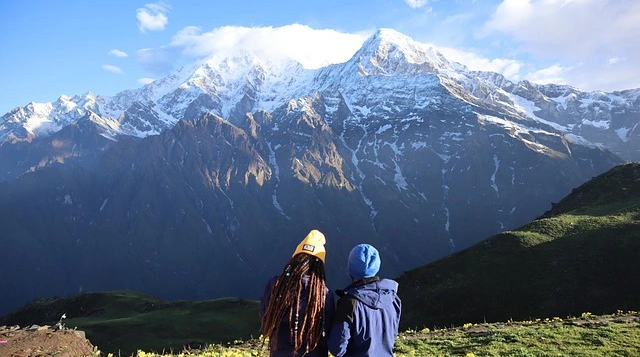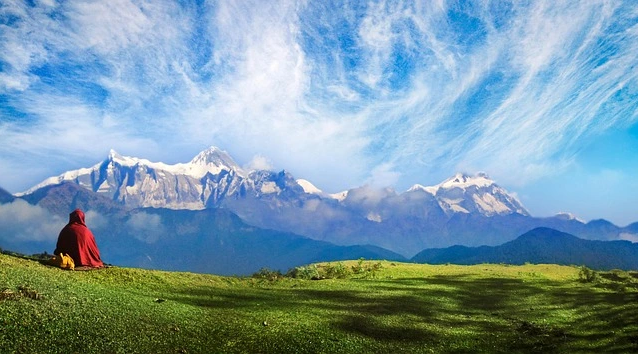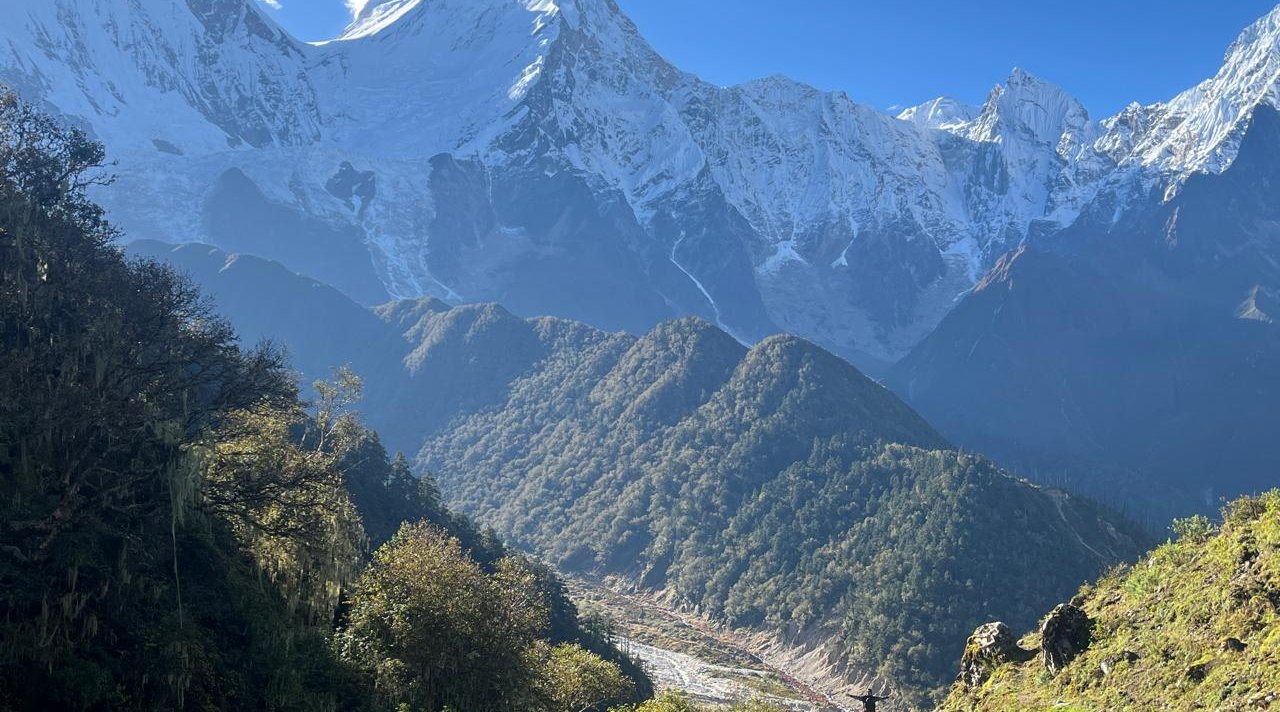Standing at 6,189 metres on Island Peak's summit, with the entire Everest massif spread before you like a frozen ocean of peaks, you realise this moment represents the pinnacle of Himalayan adventure. The Everest Three Pass Trek with Island Peak combines the region's most challenging circuit with a proper mountaineering experience, creating Nepal's ultimate trekking and climbing combination.
This extraordinary 20-23 day journey takes you across three formidable high passes—Kongma La, Cho La, and Renjo La—before culminating in the technical climb of Island Peak (Imja Tse). You'll traverse spectacular viewpoints, explore pristine Gokyo Lakes, tick off Everest Base Camp, and tackle a genuine Himalayan summit—all in one epic adventure.
Trip Overview & Highlights
The magic of island peak climbing with everest three passes lies in its perfect blend of trekking diversity and mountaineering achievement. You're not just walking to another viewpoint—you're earning your stripes across multiple 5,000m+ passes before testing technical skills on a genuine summit.
Quick Adventure Facts:
- Duration: 20-23 days total
- Maximum altitude: 6,189m (Island Peak summit)
- Difficulty: Strenuous trekking, moderate climbing
- Success rate: 85% in good weather
- Best seasons: March-May, September-November
- Average cost: $2,500-4,000 per person
The everest high passes and island peak combination offers unmatched variety in the Khumbu region. Each pass reveals different perspectives—Renjo La's panoramic views, Cho La's glacier crossing, and Kongma La's technical challenge.
Why Choose This Adventure:
- Complete Everest region experience in one trek
- Three distinct high passes above 5,300m
- Technical climbing experience on Island Peak
- Visit Everest Base Camp as bonus
- Explore remote Gokyo Valley and lakes
- Less crowded than standard EBC route
Detailed Itinerary & Map
Understanding the everest three passes itinerary island peak helps you visualise this epic journey. Most groups complete it in 21-22 days, though adding buffer days for weather is wise.
Days 1-3: Kathmandu to Namche Bazaar
Your adventure begins with the thrilling Lukla flight (2,840m), followed by gentle trekking to Phakding. Day three involves the challenging climb to Namche Bazaar (3,440m), where you'll spend two nights acclimatising.
Initial Trek Highlights:
- Scenic flight with Himalayan views
- Cross multiple suspension bridges
- First glimpse of Everest from Namche
- Explore Sherpa museum and markets
- Acclimatization hikes namche to Everest View Hotel
Days 4-8: Namche to Gokyo Valley via Thame
The route diverges from standard trails, heading through quieter paths to reach the spectacular gokyo lakes in three passes island peak adventure. You'll trek through Thame, Lungden, and cross Renjo La Pass (5,360m) for your first high-altitude challenge.
Gokyo Valley Experience:
- Six pristine turquoise lakes
- Overnight at Gokyo (4,800m)
- Optional Gokyo Ri climb (5,357m)
- Views of four 8,000m peaks
- Ngozumpa Glacier exploration
Days 9-12: Cho La Pass to Everest Base Camp
Cross the dramatic Cho La Pass (5,420m) with its glacier section, descending to Dzongla. Continue through Lobuche to reach the everest base camp overlap three passes island peak itinerary at 5,364m.
EBC Section Highlights:
- Technical glacier crossing on Cho La
- Khumbu Glacier traverse
- Everest Base Camp visit
- Optional Kala Patthar sunrise
- Dramatic icefall views
Days 13-15: Kongma La to Chukhung
The most challenging pass, Kongma La (5,535m), connects lobuche to island peak route via Chukhung valley. This section includes kongma la cho la renjo la with island peak trilogy completion.
Final Pass Features:
- Highest of three passes
- Technical scrambling sections
- Descent to Chukhung (4,730m)
- Views of Ama Dablam's north face
- Rest day for summit preparation
Days 16-19: Island Peak Base Camp & Summit
Move to chukhung island peak base camp at 5,087m for final preparations. Summit day starts at 2 AM, involving glacier travel and a final headwall with fixed ropes.
Summit Day Timeline:
- 2:00 AM: Wake and breakfast
- 3:00 AM: Depart base camp
- 6:00 AM: Reach crampon point
- 9:00 AM: Summit (weather permitting)
- 2:00 PM: Return to base camp
- Day 19: Descend to Pangboche
Days 20-23: Return Journey
Descend through Tengboche Monastery, Namche, and back to Lukla. The question "how many days three passes island peak" typically totals 21-23 days including buffer time.
Return Route Options:
- Standard route via Namche
- Alternative via Phortse
- Extra day for weather delays
- Celebration dinner in Namche
- Flight buffer for Lukla weather
Cost Breakdown & Pricing
Understanding three passes trek island peak cost helps budget this significant investment. Prices vary based on group size, service level, and included equipment.
Comprehensive Cost Table
Basic Package ($2,500-3,000):
- Permits and fees: $400
- Guide and porter: $800
- Accommodation: $400
- Meals (3x daily): $450
- Lukla flights: $360
- Basic equipment: $90
Standard Package ($3,000-3,500):
- All basic inclusions
- Climbing Sherpa: +$300
- Better accommodation: +$150
- Equipment rental included
- Insurance for staff: +$100
- Emergency fund: +$200
Premium Package ($3,500-4,000):
- All standard inclusions
- Private guide/Sherpa: +$400
- Single room supplement: +$200
- Helicopter evacuation insurance
- Satellite phone access
- Branded climbing equipment
The cost breakdown three passes island peak varies seasonally. Peak season (October-November) commands 15-20% premiums, while March offers slight discounts.
Hidden Costs to Budget:
- Tips for staff (10-15%): $250-400
- Hot showers above 4,000m: $100
- Charging electronics: $50-75
- WiFi access: $50-100
- Snacks and drinks: $200-300
- Equipment purchases: $200-500
- Visa fees: $50
- International flights: Variable
Planning for budget three passes island peak requires adding 20% buffer to quoted prices. The everest three pass trek with island peak 2025 season shows 10% price increases from 2024.
Permits, Visas & Logistics
Navigating bureaucracy is crucial for island peak permit cost and overall preparation. Three separate permits plus visa requirements need attention.
Essential Permits Required
Island Peak Climbing Permit:
- Spring (Mar-May): $250 per person
- Autumn (Sep-Nov): $125 per person
- Winter (Dec-Feb): $70 per person
- Summer (Jun-Aug): $70 per person
Additional Permits:
- Sagarmatha National Park: $30
- Khumbu Municipality Fee: $20
- Garbage deposit (refundable): $500 per group
The permits for island peak nepal must be arranged through registered agencies. Independent climbing isn't permitted, ensuring safety standards.
Visa Requirements:
- Tourist visa on arrival: Available
- 30-day visa: $50
- Passport validity: 6+ months
- Passport photos: 2 required
- visa for nepal trekking: Extend if needed
Flight to Lukla Tips
Managing flight to lukla tips prevents common frustrations. Morning flights have highest success rates, while afternoon weather often causes cancellations.
Lukla Flight Strategy:
- Book earliest morning flight possible
- Build 2-day buffer for delays
- Consider Ramechhap alternative (closer than Kathmandu)
- Helicopter backup costs $500 per person
- Travel insurance must cover delays
Difficulty Level & Training Tips
Rating three passes trek difficulty with island peak requires honest assessment. This combines sustained high-altitude trekking with basic mountaineering.
Fitness Requirements
The fitness required three passes island peak exceeds standard trekking. You'll need excellent cardiovascular endurance plus technical climbing comfort.
Physical Benchmarks:
- Run 10km in under 60 minutes
- Hike 1,500m elevation gain comfortably
- Carry 15kg pack for 8 hours
- Complete back-to-back training days
- Core strength for climbing moves
Training for island peak after trek means maintaining fitness throughout. The island peak summit rate reaches 85% for well-prepared climbers in good conditions.
Technical Skills Needed
Comparing island peak vs mera peak, Island Peak requires more technical ability. The final summit wall involves fixed rope climbing at altitude.
Essential Climbing Skills:
- Crampon walking technique
- Ice axe self-arrest
- Fixed rope ascension (jumar)
- Basic rope work
- Glacier travel awareness
The island peak climb after three passes tests tired bodies. Many find the sustained trekking more challenging than summit day itself.
Altitude Management & Health
Preventing altitude sickness three passes island peak requires systematic acclimatisation. The itinerary builds elevation gradually, but awareness remains crucial.
Acclimatization Schedule
The acclimatization schedule three passes island peak follows proven protocols. Rest days at key elevations allow physiological adaptation.
Critical Acclimatization Days:
- Namche Bazaar (3,440m): 2 nights
- Gokyo (4,800m): 2 nights
- Dingboche alternative: If needed
- Island peak base camp altitude: 5,087m
- Summit camp option: 5,600m
Health Monitoring Protocol
Understanding symptoms saves lives at altitude. Monitor yourself and teammates constantly above 4,000m.
Warning Signs to Watch:
- Persistent headache unrelieved by hydration
- Nausea or vomiting
- Extreme fatigue
- Confusion or coordination loss
- Breathlessness at rest
Prevention Strategies:
- Ascend maximum 500m daily above 3,000m
- Hydrate 4-5 litres daily
- Avoid alcohol completely
- Consider Diamox consultation
- Maintain steady pace
Packing List & Gear
Your packing list three passes island peak combines trekking essentials with climbing equipment. Weight management while ensuring safety requires careful selection.
Essential Trekking Gear
Clothing System:
- Base layers: 2 sets merino wool
- Insulation: Down jacket (700+ fill)
- Shell layer: Gore-Tex jacket/pants
- Trekking pants: 2 pairs
- Gloves: Liner plus insulated
Footwear:
- Trekking boots: Sturdy, broken-in
- Mountaineering boots: For summit day
- Camp shoes: For tea house comfort
- Gaiters: Full-length recommended
- Socks: 6 pairs wool blend
Climbing Equipment Required
The equipment rental island peak option saves carrying technical gear. Most agencies provide climbing hardware.
Technical Gear Checklist:
- Climbing harness with adjustable legs
- Dynamic rope (for teams)
- Crampons: Steel, fitted to boots
- Ice axe: 60-70cm length
- Helmet: Lightweight climbing model
- Carabiners: 4 locking, 4 non-locking
- Ascender (jumar): For fixed ropes
Understanding what to pack for three passes trek island peak prevents both overpacking and critical omissions. Kathmandu offers last-minute purchases.
Safety Protocols & Insurance
Implementing safety tips everest three passes island peak reduces inherent risks. Mountain environments demand respect and preparation.
Risk Management Strategy
Primary Safety Measures:
- Experienced climbing guide mandatory
- Weather monitoring systems
- Communication devices (satellite phone)
- First aid kit with altitude medications
- Flexible itinerary for conditions
Emergency Evacuation Planning
The emergency evacuation three passes costs can exceed $10,000. Comprehensive insurance is non-negotiable for this adventure.
Insurance Requirements:
- Maximum altitude: 6,500m minimum
- Helicopter evacuation coverage
- Search and rescue inclusion
- Trip cancellation protection
- Medical treatment coverage
Choosing high altitude insurance nepal requires reading fine print. Many policies exclude mountaineering or have altitude limits.
Accommodations & Meals
The tea houses on three passes island peak vary from comfortable lodges to basic shelters. Understanding options sets realistic expectations.
Accommodation Standards by Altitude
Below 4,000m:
- Private rooms available
- Attached bathrooms (some)
- Hot showers included
- Charging facilities
- WiFi commonly available
Above 4,000m:
- Shared twin rooms standard
- Common bathrooms only
- Hot showers extra cost ($5)
- Limited charging ($3-5/device)
- No WiFi or expensive
Food Options Available
Typical Tea House Menu:
- Dal Bhat: Traditional, unlimited refills
- Pasta dishes: Various styles
- Pizza: Surprisingly common
- Egg preparations: Reliable protein
- Tibetan bread: Local favourite
Summit Day Nutrition:
- High-energy breakfast at 2 AM
- Energy bars and gels
- Hot drinks in thermos
- Lunch after descent
- Celebration dinner
FAQs & Pro Tips
When is the best season everest three passes island peak?
The best season everest three passes island peak spans March-May and September-November. October offers the most stable weather three passes island peak conditions with clear skies.
Seasonal Considerations:
- Spring: Warmer but busier
- Autumn: Clearer but colder
- Winter: Possible but extreme
- Monsoon: Not recommended
How crowded does it get?
Understanding three passes trek crowds island peak helps plan accordingly. The route sees far fewer trekkers than standard EBC, but Island Peak remains popular.
Crowd Management Tips:
- Start early to avoid bottlenecks
- Book tea houses in advance (peak season)
- Consider March or late November
- Weekdays slightly quieter
Can I do this solo?
While solo three passes island peak trekking is possible to Chukhung, Island Peak requires a guide by law. Many solo trekkers join groups for the climbing portion.
What do recent reviews say?
Recent reviews three passes island peak highlight the incredible diversity and challenge. Most rate it as their pinnacle Nepal experience.
Common Review Themes:
- More rewarding than EBC alone
- Technically manageable with preparation
- Weather crucial for summit success
- Guides make significant difference
- Worth every penny and effort
Pro Tips from Experience
Insider Recommendations:
- Pack knee support for long descents
- Bring playing cards for weather days
- Start Diamox in Namche (consult doctor)
- Carry cash—ATMs unreliable above Namche
- Book summit day for good weather window
- Practice with crampons before going
- Bring duct tape for gear repairs
- Download offline maps
- Carry extra passport photos
- Tip staff generously—they earn it
Trip Variations & Extensions
Exploring variations three passes with island peak creates customised adventures. Different routes and add-ons suit various preferences and timeframes.
Route Direction Options
The three passes trek clockwise offers different advantages. Starting with Kongma La tests fitness early but provides gradual scenery build-up.
Clockwise Benefits:
- Quieter initial trails
- Better acclimatisation profile
- Saves EBC for finale
- Less crowded passes
Counter-clockwise Advantages:
- Standard itinerary (guides familiar)
- EBC early motivation
- Gradual difficulty increase
- Better infrastructure initially
Possible Extensions
Popular Add-ons:
- Ama Dablam Base Camp: +1 day
- Mera Peak combination: +7 days
- Everest View trek: -5 days
- Gokyo Lakes only: -7 days
Conclusion
The Everest Three Pass Trek with Island Peak represents the ultimate Himalayan adventure, combining high-altitude trekking with genuine mountaineering. Over 20-23 unforgettable days, you'll cross three spectacular passes, explore hidden valleys, and stand atop a 6,189m summit with the world's highest peaks as your backdrop.
Whether you're calculating costs, comparing difficulty levels, or planning your training, this comprehensive guide provides everything needed for success. Ready to embark on this life-changing journey? Download our free packing checklist and start planning your Everest Three Pass Trek with Island Peak adventure today.

